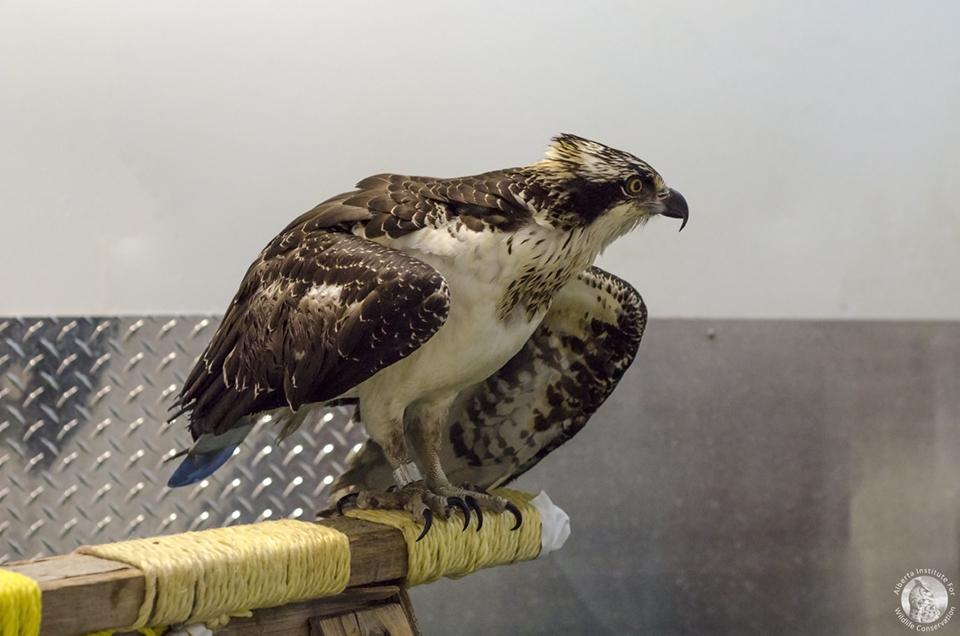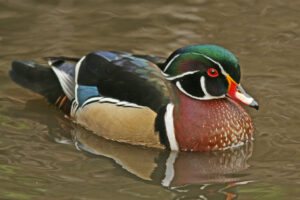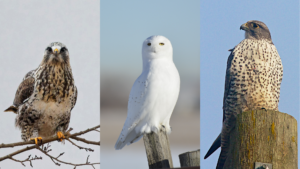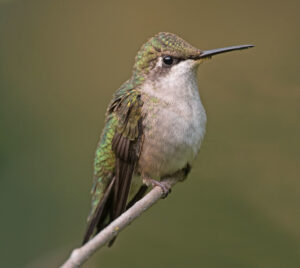By Maureen Perry
Early morning presents a chill that gets under the skin and is hard to shake off. It seems like fall is already starting to roll in, and I push my boat (loaded with shiny-new fishing gear I bought a week prior), onto a placid lake in central Alberta. The water laps gently on the sides of the boat, pulling me into a state of peace. The dark, silken lake engulfs me as I lazily drift further to the center of the lake. I am in no hurry. Catching fish is not a priority this morning – even though it maybe should be given how much I invested in supplies!
A sudden splash to my left shatters the silence, and I turn to see an osprey crashing out of the water. I gaze in awe as he heads for the sky, powered by mighty wings and clasping a twisting fish in his talons.
Turns out I never caught a fish that morning. Perhaps my new hobby should be bird watching rather than fishing!
Why migrate?
I would love to repeat this experience and watch ospreys throughout the year, but sadly it is not possible. Soon Alberta’s ospreys will start a journey south of 5,000 km or more to their home for the winter. This massive trip seems like a lot of effort, so why do osprey (and so many other birds) migrate in the first place?
Food is the primary reason why birds migrate. Ospreys can handle colder temperatures, but their primary food source, fish, move into deeper waters during the winter. The thick ice over most of Alberta’s rivers and lakes also makes them impossible for the osprey to get to.
However, even finding food during the migration can be a challenge for ospreys. Shortages of food can occur for many reasons, including habitat destruction, natural disasters such as wildfires, hurricanes, and even blizzards!
The big question is “Why don’t migrating birds just stay south where it is sunny and warm??? Why go through the hassle of migrating north in the spring?”. The answer? Most species of birds require lots of room to raise their babies, and the northern locations have an abundance of space and food, plus less competition!
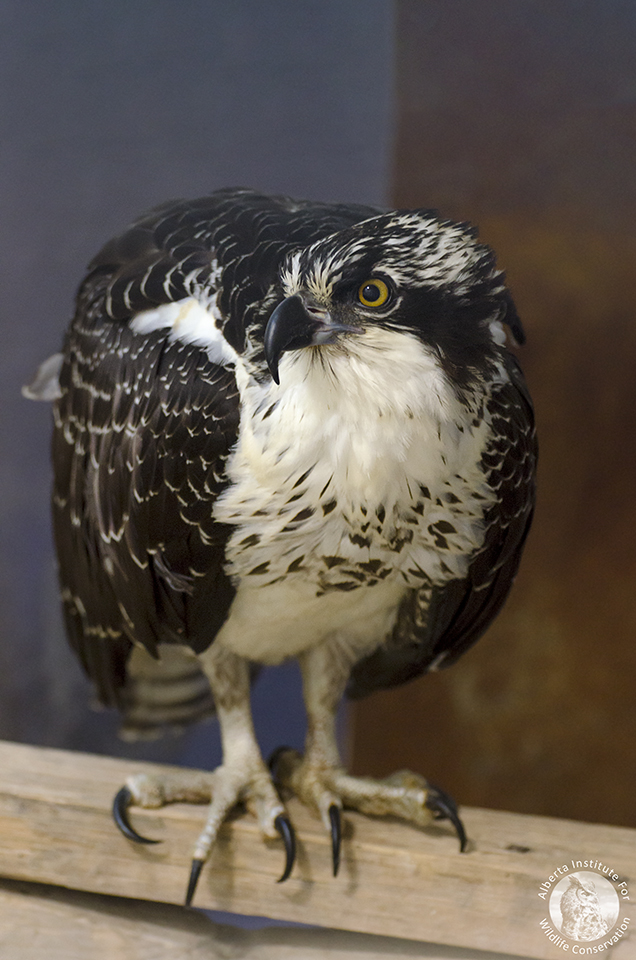
Navigating your route
Both the grown-up osprey and their rebellious juvenile offspring fly solo when migrating south for the winter. These juveniles must rely on their instincts for orientation, since they cannot draw on experience and have no mom around to point them in the right direction.
Osprey do not carry cell phones with GPS, so how they navigate during migration is somewhat of a mystery. Environmental cues, such as a change in daylight hours, may help to tell them when it’s time to fly south. Scientists also believe that the osprey may memorize mental maps using terrain markers to help them navigate their migration route.
Most of the ospreys that breed in Canada will migrate to Central and South America for the winter, taking a nice scenic route through eastern interior and western USA. However, osprey are not just found in the Americas! They are one of the most wide-ranging birds in the world, and live everywhere except in Antarctica. They even visit northern Australia! These amazing birds frequent ocean shorelines, lakes and rivers, scoping out the best hunting grounds and returning to the same areas each year if possible.
Migration mishaps
Ospreys migrate thousands of kilometers with little rest, and exhaustion can cause them to make mistakes, leading to collisions with buildings, electrical wires and windows. When their senses are dull they become more tempting for predators (such as eagles), and can even collapse in flight. Fortunately, ospreys do not fly at night, which at least eliminates some of the dangers present with night flying.
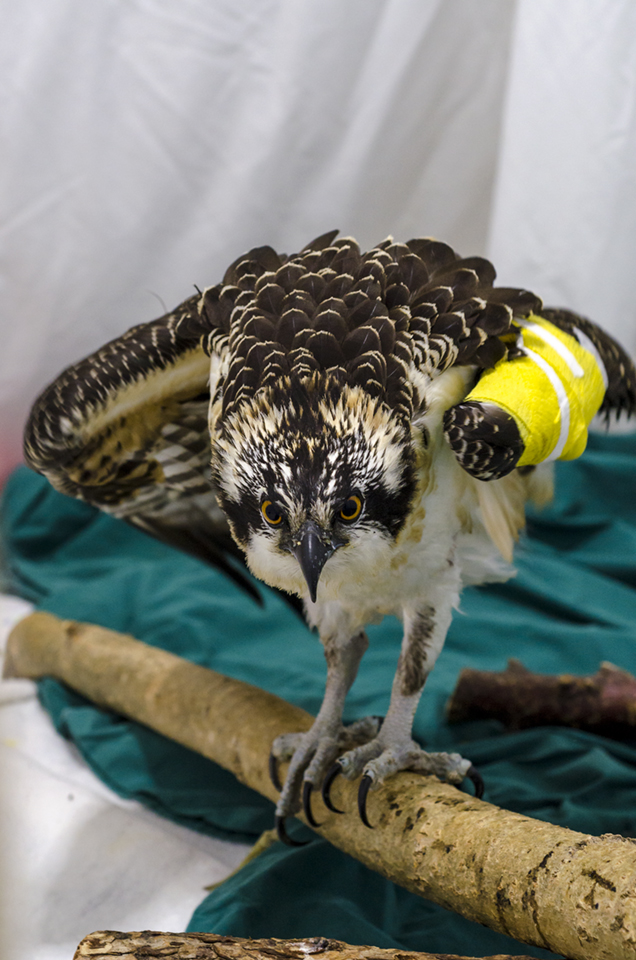
Some of the greatest dangers for osprey include pollution, oil spills, and pesticides. The pesticide DDT was directly responsible for a severe decline in the osprey population in the early 1950’s to 1970’s, but their populations began to recover after DDT was banned in the US in 1972.
Though the use of DDT for agricultural purposes has been banned worldwide since 2001, some areas with high malaria rates are still able to use the chemical to help control the mosquito populations. There are also many other pesticides still in use today that can affect fish and other prey animals. Top predators like osprey are at great risk of “bioaccumulation” of these toxins, as they can eat multiple poisoned animals per day, and the chemicals remain in their body long after they leave an area.
Listening to our birds
The osprey and other migratory birds are often excellent indicators of environmental problems. We humans need to continue paying attention to the patterns and health of migratory birds. These birds often provide clues, telling us about changes in climate patterns and warning us that something may have gone wrong when we don’t see many of them. We need to take the information they are giving us to address problems quickly, and create a healthier environment for all creatures!
Resources:
www.allaboutbirds.org/guide/osprey/maps-range
www.avianreport.com/18-frequently-asked-questions-about-ospreys
www.audubon.org/news/where-do-ospreys-go-in-winter
www.birdwatchingpro.com/what-time-of-day-do-osprey-hunt
www.canada.ca/en/environment-climate-change/services/migratory-birds-legal -protection/convention-act
www.hww.ca/en/wildlife/birds/osprey.html
www.ospreytaleteller.com/2016/03/21/migration-threats
www.osprey-watch.org/learn-about-osprey/osprey-migration
www.summitdaily.com/news/summit-outside-where-do-the-ospreys-go

